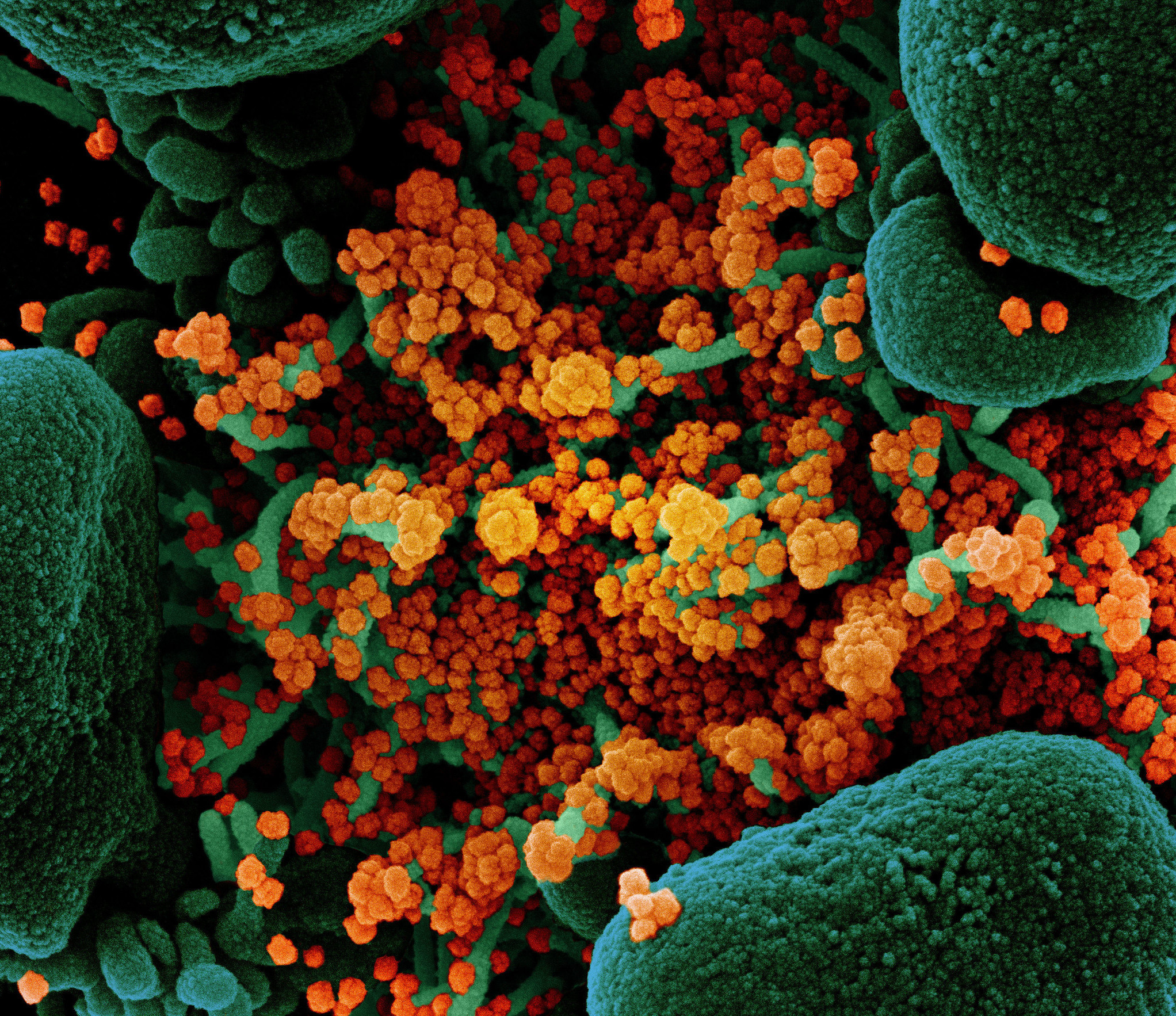In the past few days, leading health officials have urged health agencies to consider scientific evidence on the airborne transmission of coronavirus. At the beginning of the coronavirus pandemic, many experts had also shared similar views regarding the virus.
Recently, the World Health Organization has confirmed that coronavirus can be airborne especially indoors. Precisely, this means that the virus can stay in the air and travel to infect other people in a space.
This can explain the highly contagious nature of the virus and urge big families and businesses to take extra precautions for ventilation.
On Thursday, the health agency updated its previous brief titled ‘Modes of transmission of the virus causing COVID-19: implications for infection prevention and control (IPC) precaution recommendations’,
Read the scientific brief here.
Now, it includes a specific section called “new scientific evidence available on the transmission of SARS-CoV-2, the virus that causes Covid-19”. In this section, the WHO formally recognizes the ‘high possibility’ of airborne transmission of the coronavirus in indoor spaces.
The agency reported made changes after over two hundred leading health officials from thirty different countries published their views on addressing the transmission of the coronavirus further.
The commentary called ‘It Is Time to Address Airborne Transmission of COVID-19’ asked all health authorities including leading international health organizations to consider scientific data and evidence that shows how the coronavirus can be airborne.
Read the article here.
Prior to the commentary, the WHO’s technical lead for the coronavirus health crisis, Maria van Kerkhove, said that the organization was already looking at how the virus can potentially spread through aerosol and airborne transmission.
In the new update, the WHO now states that many indoor outbreaks of the infection are due to the airborne transmission of the virus. This can happen in restaurants, bars, and even during everyday group activities such as taking a fitness class or joining a choir practice.
RELATED: Authorities to Pay Clubs to Close New Coronavirus Spike in Japan
More specifically, the agency states “In these events, short-range aerosol transmission, particularly in specific indoor locations, such as crowded and inadequately ventilated spaces over a prolonged period of time with infected persons cannot be ruled out”.
However, at the same time, the WHO says that the fast spread of the virus in crowded indoor spaces can also be associated with fomite and droplet transmission as well. Therefore, the airborne transmission may not be a single factor in the spread of the virus indoors.
Overall, the spread of the coronavirus through droplets released from sneezing and coughing by an infected person is still deemed as the leading cause of coronavirus transmission.
The important change that has occurred is that the airborne transmission of coronavirus has been recognized. Before the update, the WHO believed that the virus can only be airborne in hospital settings, especially during performing a procedure on infected patients that are likely to release aerosol particles into the air.
Now, the organization believes that the virus can also be airborne in other indoor spaces in addition to those in hospitals and other coronavirus facilities.


